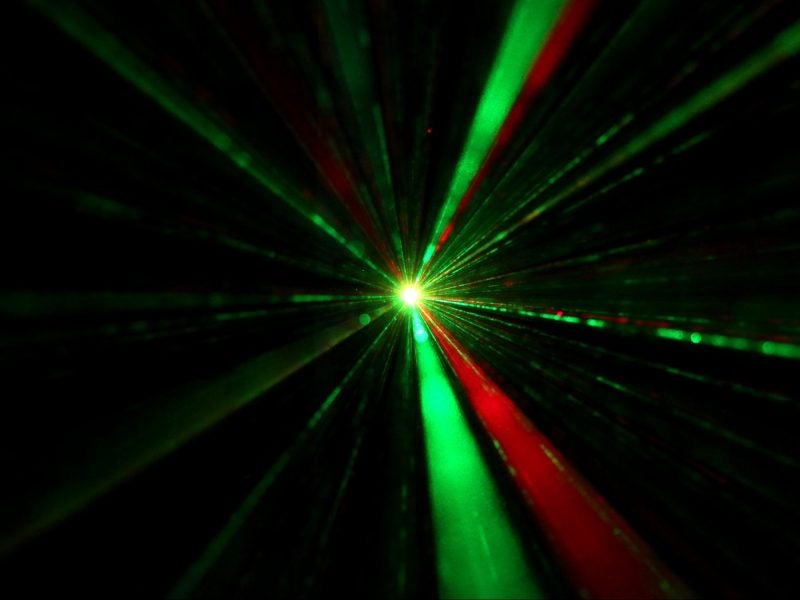
Technology developed by the US Department of Defence (DOD) has opened up the possibility of identifying individuals by their heartbeat.
Known as Jetson, the solution uses a laser to read a person’s cardiac pulse signature, which is as unique as fingerprints, for identification purposes.

Discover B2B Marketing That Performs
Combine business intelligence and editorial excellence to reach engaged professionals across 36 leading media platforms.
This technology would in theory identify an individual from up to 200 metres away by detecting minute movements on the surface of the skin. Once collected this could then be used to track suspected terrorists or other persons of interest.
The technology was created in response a request from US Special Forces to develop more accurate long-range identification techniques.
Pentagon Combatting Terrorism Technical Support Office programme manager Stewart Remaly told MIT Technology Review that the technology is 95% accurate and in theory could be applied to greater distances.
Remaly said: “I don’t want to say you could do it [detect heartbeats] from space, but longer ranges should be possible.”

US Tariffs are shifting - will you react or anticipate?
Don’t let policy changes catch you off guard. Stay proactive with real-time data and expert analysis.
By GlobalDataIdentification takes up to 30 seconds, usually requiring the target to be stationary. Despite the high level of accuracy, the technology has a large enough margin of error to require its results to be verified alongside more proven methods such as facial recognition or gait analysis in order for it to be used to accurately target an individual.
Another downside of the system is the lack of a current database of cardiac signatures, which would need to be developed in order to match names to heartbeats and vice-versa. However, the technology can still work for matching people to activities, for example the recorded heartbeat of an insurgent fighter planting a bomb could later be used to identify them if caught.





